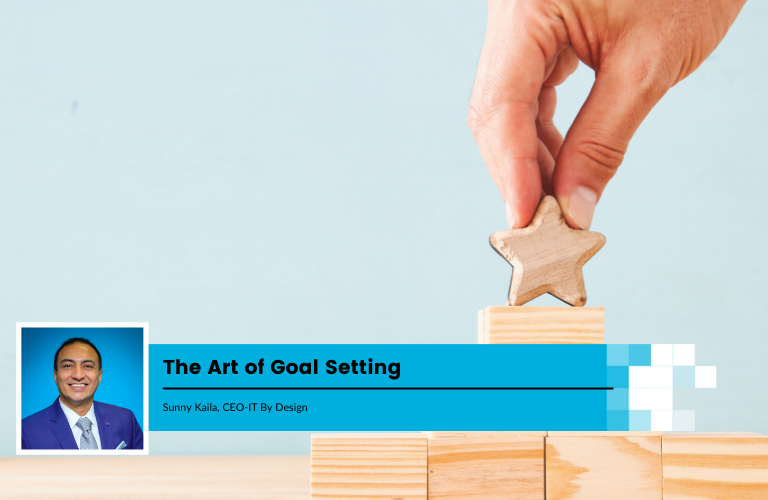There come certain times in life when you find yourself doing so many things, yet have no idea if you are moving in the right direction. Those situations call for a life audit or to put it simply—taking a moment to stop what you are doing and think things through.
Conducting a life audit can help you determine how far you have come and where you want to go. It helps you identify what you should stop doing and what you should keep doing to be a better version of yourself. It’s a self-reflection exercise that will grant you the clarity and space you need to look after your needs, holistically.
However, the big question is “how would you audit the complexities of life?” When someone does your financial audit, your assets are the economic value that you own (real estate, stocks, money) and your liabilities are the things that you owe (debt, mortgage, and loans). But when you sit down for a life audit, can you get that quantitative?
I can tell you from my personal experience that conducting a life audit isn’t a cakewalk, but it’s worth it. Let me share my experience and advice on the process.
Step 1
Write one aspiration (goal, wish, or dream) on a Post-it note, and repeat until you completely run out of goals. Approach this process with an open mind. The whole point of this step is clearing the cobwebs of noisy, external goals and uncovering the real themes and core values that inspire you.
Once you begin sorting your aspirations onto individual notes, you will notice they all naturally fall into different categories—professional, personal, and creative. You should further break them down into subcategories such as health, career, relationships, finances, and leisure.
Step 2
The second step is a slightly more “scientific” process that helps you gauge the balance between your dreams and reality. The ‘Wheel of Life’ is a visual tool that enables you to instantly identify which areas of your life need attention, bringing clarity to the self-reflection process. Each color in the wheel represents a different area of life (or subcategory). The concentric circles indicate satisfaction levels from 0 to 10 with 10 being the highest mark.
Step 3
To mark the concentric circles in each subcategory (Health, Career, Relationships, Finances, and Leisure), you need to prepare a self questionnaire. This step involves answering multiple questions about your satisfaction levels in each category. These questions can be anything from “how eager are you to get to work?” to “how often do you meet up with your friends?”
Step 4
Once you have an honest chat with yourself, the next step is to label that data into a spectrum of satisfaction. Organizing your data using clear, simple labels such as “happy” and “unhappy” or “great” and “could be better.” The goal here is to get a single view of your existing realities and inform the next steps.
Step 5
Labeling your data will enable you to clarify what you want from your future. For instance, if you realize that your work life is causing you a great deal of sadness, you can work on an action plan to tackle that unhappiness.
While working on this action plan, make sure you prioritize and work your way through a list of planned actions rather than trying to tackle all problems at once. Revisiting your life values will help you understand your priorities. You can put your action items into the following category:
Now: Immediately actionable Items
Soon: Aspiration that needs next steps and prioritization
Someday: Long-term goals
Every day: Deliberate mantras (such as maintaining a healthy weight)
Step 6
Having an action plan in place is great, but you should have the right tool to measure your progress, too. That’s where metrics come into play. Whether you’re measuring your weight or the number of hours spent procrastinating at work, setting a benchmark metric is your best bet to assess your progress.
Things to remember
- Choose a quiet space with ample wall space. Minimize distractions and don’t take any calls during self-reflection. The intent is to set aside ‘me time’ and honor it fully.
- During the notes exercise, write freely and without judgment.
- Don’t hold yourself back from sharing your goals post-audit. Allow people to help you.
- The process of a life audit can be overwhelming. Perform it in steps as mentioned above. One thing that can help you stay true to yourself during the audit is the habit of ‘one small step at a time.’
- Give yourself at least 3 months to rinse and repeat the whole exercise.
Final thought: Allow yourself to pause and reflect on both the things that make you miserable and spark joy in your life.
life audit


